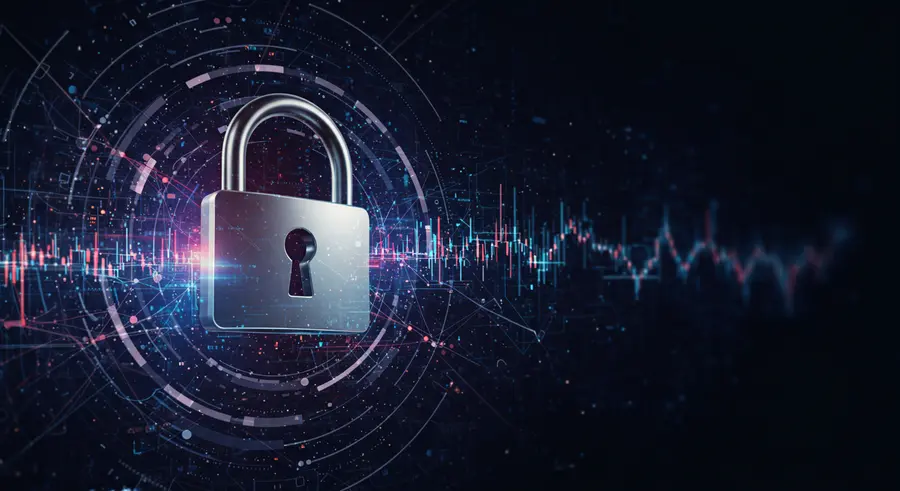The Imperative of Proactive Security in Modern Architectures
In the evolving landscape of digital threats, cybersecurity is no longer an afterthought but a foundational pillar for building resilient systems. As our systems grow in complexity and interconnectivity, the attack surface expands, making proactive and integrated security measures more critical than ever. This article delves into advanced cybersecurity strategies and their symbiotic relationship with resilience engineering, especially within the context of Chaos Engineering.

Beyond Basic Defenses: A Holistic Approach
Traditional cybersecurity often focuses on perimeter defense and reactive measures. However, a truly resilient system demands a holistic, 'defense-in-depth' approach. This includes not just firewalls and intrusion detection systems, but also secure coding practices, regular vulnerability assessments, penetration testing, and a robust incident response plan. The goal is to build systems that are inherently secure, capable of resisting attacks, and quickly recovering from breaches.
Integrating security into every phase of the software development lifecycle (SDLC) – from design to deployment and operation – is paramount. This 'Security by Design' principle ensures that potential vulnerabilities are identified and addressed early, significantly reducing the cost and effort of remediation later on.
The Role of Chaos Engineering in Cybersecurity Resilience
Chaos Engineering, typically applied to uncover reliability weaknesses, has a significant, albeit often underutilized, role in cybersecurity. By intentionally introducing controlled security failures or simulating attacks, organizations can test their security controls, incident response procedures, and overall system resilience against real-world threats. For instance, injecting network latency to simulate a DDoS attack or temporarily disabling security agents can reveal critical blind spots in monitoring and response capabilities.
Through these controlled experiments, teams can:
- Validate the effectiveness of security tools and configurations.
- Identify gaps in logging and monitoring that might obscure security incidents.
- Test the speed and efficiency of incident response teams.
- Uncover unexpected interactions between security mechanisms and system components under duress.
- Build muscle memory for security incidents, improving team coordination and response times.
This proactive approach transforms cybersecurity from a reactive firefighting exercise into a continuous improvement process, much like how analyzing various market insights helps in refining investment strategies.
Advanced Strategies: AI, Automation, and Zero Trust
The next frontier in cybersecurity resilience involves leveraging advanced technologies:
Artificial Intelligence and Machine Learning in Security
AI and ML are revolutionizing threat detection and response. AI-powered security solutions can analyze vast amounts of data to identify anomalous behavior, predict potential threats, and automate responses at speeds impossible for humans. This includes:
- Predictive Analytics: Forecasting potential attack vectors based on historical data and current threat intelligence.
- Anomaly Detection: Identifying unusual patterns in network traffic or user behavior that indicate a compromise.
- Automated Incident Response: Triggering immediate actions like quarantining compromised systems or blocking malicious IPs without human intervention.
Security Automation
Automating security tasks, from vulnerability scanning to patch management and policy enforcement, significantly reduces the human error factor and increases the speed of defense. Security Orchestration, Automation, and Response (SOAR) platforms integrate various security tools to create automated workflows, streamlining the entire security operation.
Zero Trust Architecture
The Zero Trust model operates on the principle of "never trust, always verify." It assumes that no user or device, whether inside or outside the network, should be trusted by default. Every access request is authenticated, authorized, and continuously validated based on context. This micro-segmentation and strict access control paradigm significantly limits the lateral movement of attackers within a compromised network, enhancing overall resilience.
The Human Element: Culture, Training, and Collaboration
Technology alone is insufficient. The human element remains critical. A strong security culture, continuous employee training on best practices, and seamless collaboration between security, development, and operations teams are essential. Psychological safety within teams encourages open reporting of issues and fosters a learning environment, which is vital for adapting to new threats.
Conclusion: Building an Unbreakable Foundation
Building resilient systems in today's threat landscape necessitates a deep integration of advanced cybersecurity practices. By moving beyond reactive measures to a proactive, holistic approach – leveraging Chaos Engineering for security validation, embracing AI and automation, adopting Zero Trust principles, and fostering a strong security culture – organizations can fortify their defenses. This ensures their systems are not only robust against failures but also impenetrable to attacks, providing true confidence in their digital infrastructure. To further deepen your understanding of system robustness, consider exploring resources on cloud native security best practices, and for financial system robustness, tools that provide AI-powered financial market insights are invaluable.